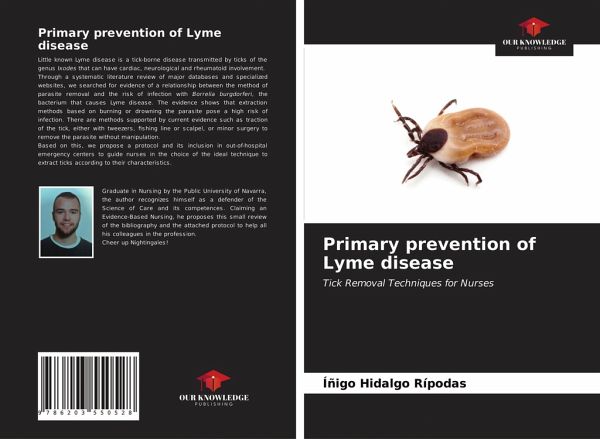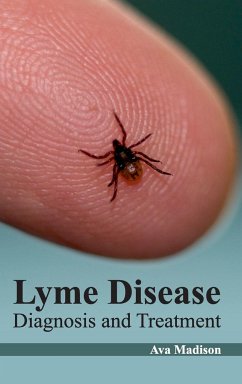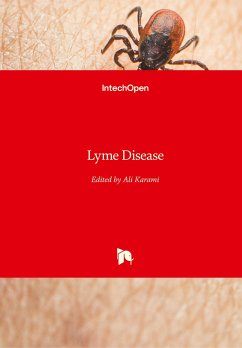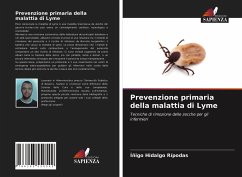
Primary prevention of Lyme disease
Tick Removal Techniques for Nurses
Versandkostenfrei!
Versandfertig in 1-2 Wochen
26,99 €
inkl. MwSt.

PAYBACK Punkte
13 °P sammeln!
Little known Lyme disease is a tick-borne disease transmitted by ticks of the genus Ixodes that can have cardiac, neurological and rheumatoid involvement. Through a systematic literature review of major databases and specialized websites, we searched for evidence of a relationship between the method of parasite removal and the risk of infection with Borrelia burgdorferi, the bacterium that causes Lyme disease. The evidence shows that extraction methods based on burning or drowning the parasite pose a high risk of infection. There are methods supported by current evidence such as traction of th...
Little known Lyme disease is a tick-borne disease transmitted by ticks of the genus Ixodes that can have cardiac, neurological and rheumatoid involvement. Through a systematic literature review of major databases and specialized websites, we searched for evidence of a relationship between the method of parasite removal and the risk of infection with Borrelia burgdorferi, the bacterium that causes Lyme disease. The evidence shows that extraction methods based on burning or drowning the parasite pose a high risk of infection. There are methods supported by current evidence such as traction of the tick, either with tweezers, fishing line or scalpel, or minor surgery to remove the parasite without manipulation. Based on this, we propose a protocol and its inclusion in out-of-hospital emergency centers to guide nurses in the choice of the ideal technique to extract ticks according to their characteristics.












